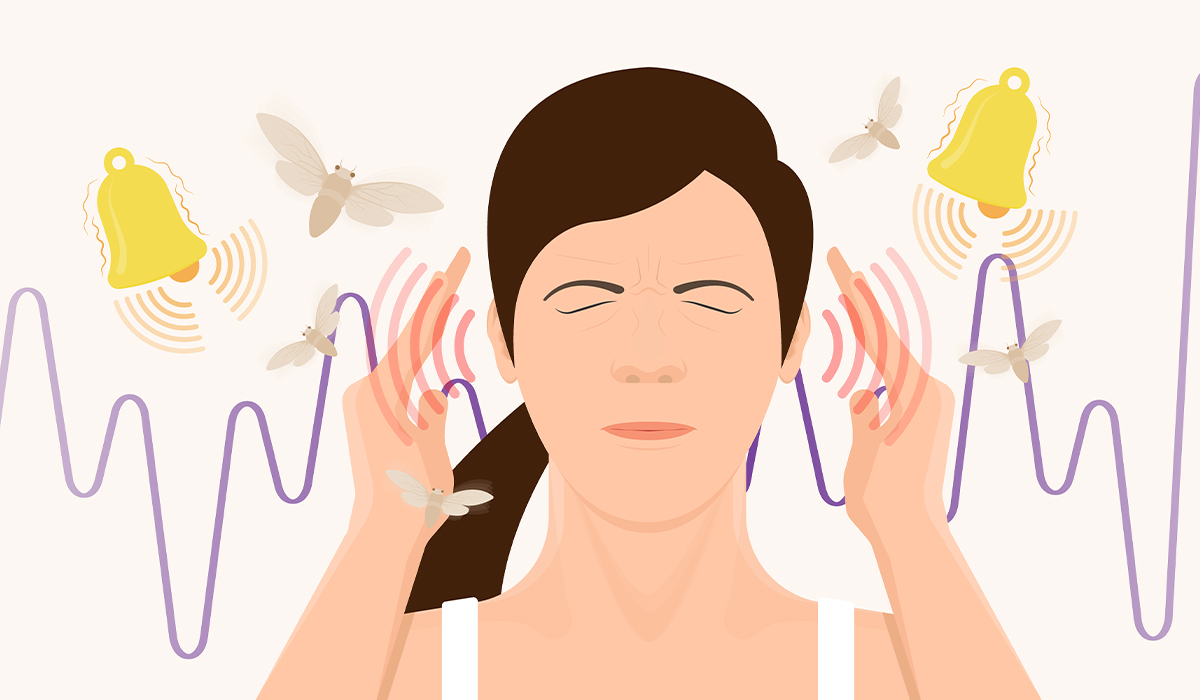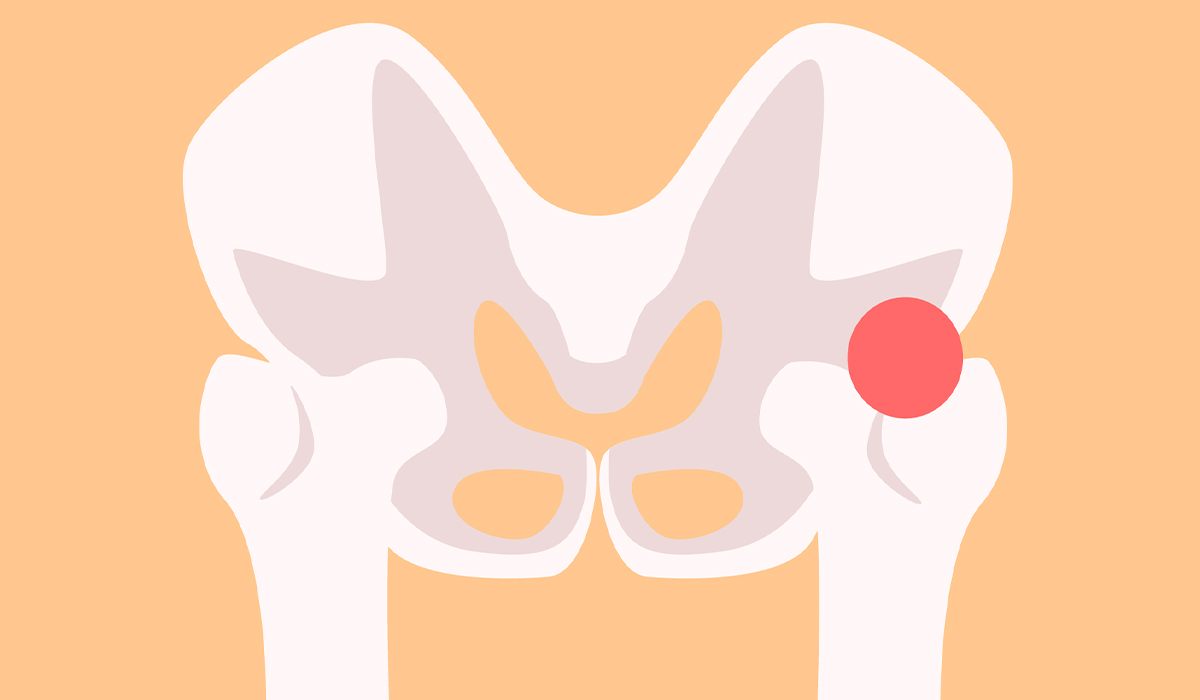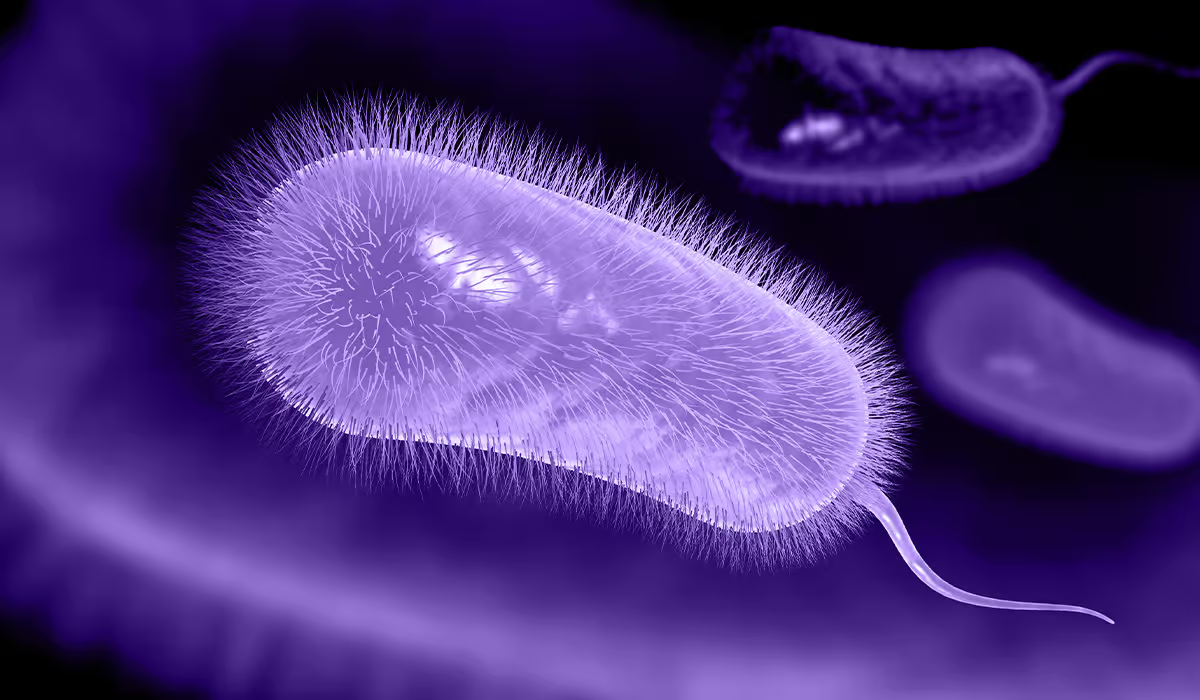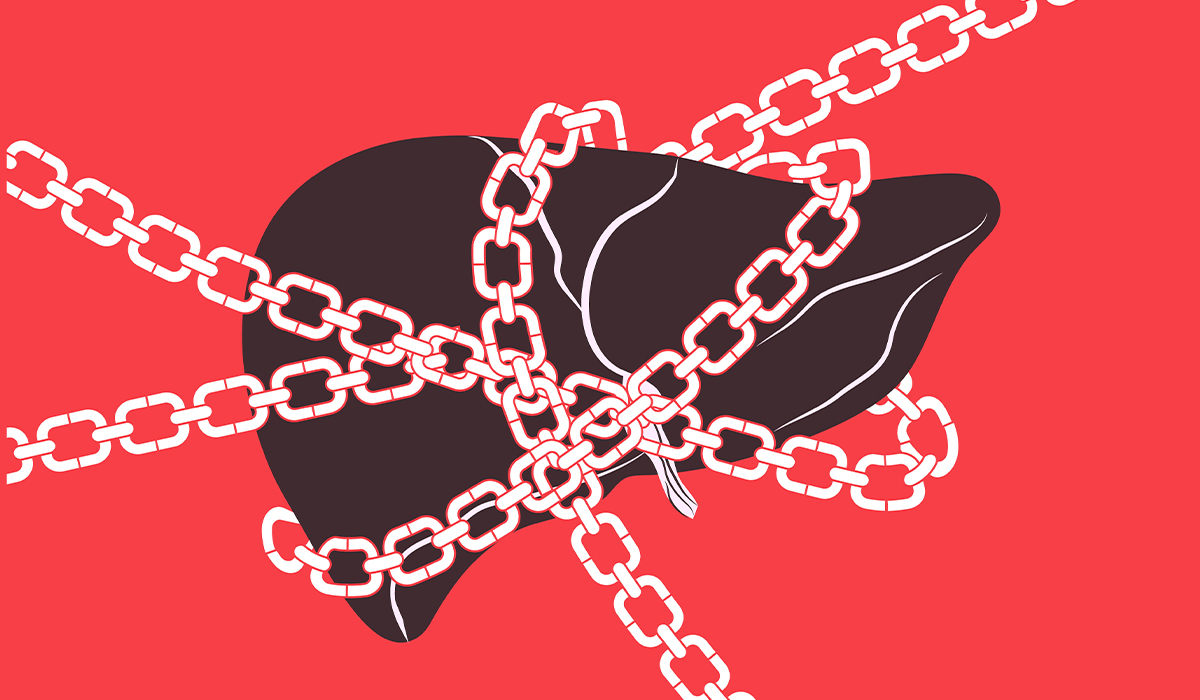Systemic lupus erythematosus is the most typical type of this illness. In addition, there are:
- drug-induced lupus
- subacute cutaneous lupus
The inflammatory process caused by SLE can lead to damage to:
- joints
- skin
- kidneys
- blood cells
- brain
- heart
- lungs
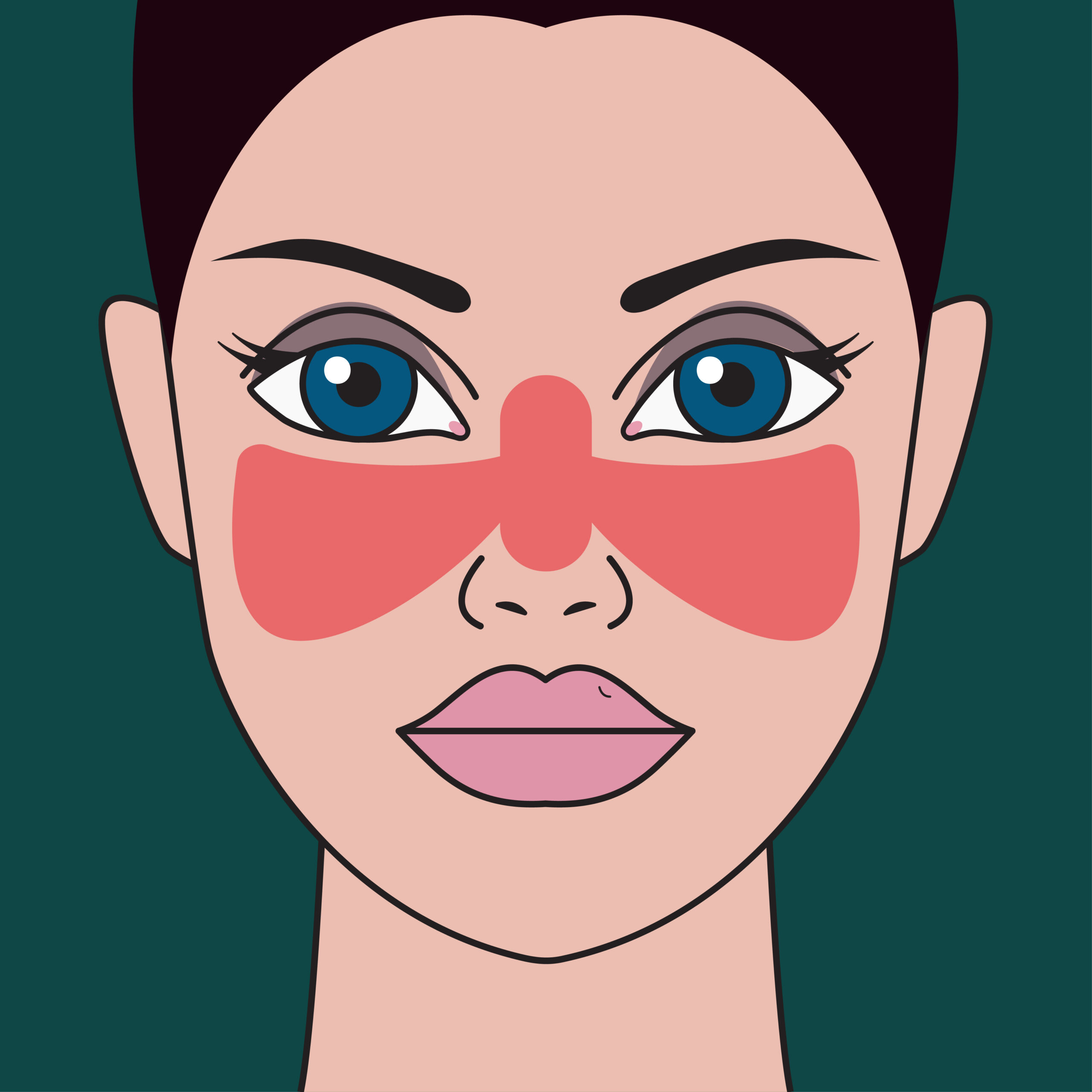
About 5 in 100,000 people in the US develop lupus each year. Any age group can be affected by the illness, but it is normally found in individuals between 15 and 45. It is about nine times more common in women than in men. Black people and Native Americans are also more likely to get the disease.
It should be noted that the disease progresses very differently, depending on which organs are affected and to what extent. Most often, periods of exacerbation of the illness (flare-ups) alternate with remission (withdrawal) of symptoms. Appropriate treatment allows to reduce the number of exacerbations and prevent many complications.
Symptoms
The symptoms of systemic lupus erythematosus are often non-specific (meaning they resemble those associated with other conditions).
Lupus is a systemic disease that affects multiple organ systems, and one of its most distinctive symptoms is a butterfly-shaped erythema on the face, though it does not always occur. The symptoms of SLE can be divided according to the organs they affect:
General symptoms
General symptoms include:
- Fatigue
- general malaise
- lack of appetite
- weight loss
- fever
- headaches
These are non-specific symptoms that can also occur in many other diseases. They are often the first symptom of the disease, and they also indicate its exacerbation.
Skin symptoms
Skin symptoms associated with the disease include:
- Erythema on the face – a persistent butterfly-shaped facial erythema is characteristic. Erythema means unusual skin redness. Many people with this condition have facial erythema, but similar changes can occur due to rosacea (a particular form of acne consisting of skin redness) and other skin conditions. Therefore, more than this one symptom is needed to make a diagnosis.
- Discoid rush is another erythema characteristic of lupus (discoid lupus erythematosus – DLE). Disc-shaped lesions are red and slightly raised. They develop on the face, scalp, and neck. They often leave scars.
- Photosensitivity – exposure to sunlight or other ultraviolet light sources can worsen facial erythema in people with SLE, cause sores on different body parts, and lead to joint pain and fatigue.
- Mouth sores – this is one of the most common symptoms. Lesions may also appear in the throat and inside the nose.
- Hair loss usually concerns temporal areas or can present as a patchy pattern.
- Raynaud’s phenomenon is the appearance of pale, bluish, and then reddening skin of the fingers and toes when exposed to cold.
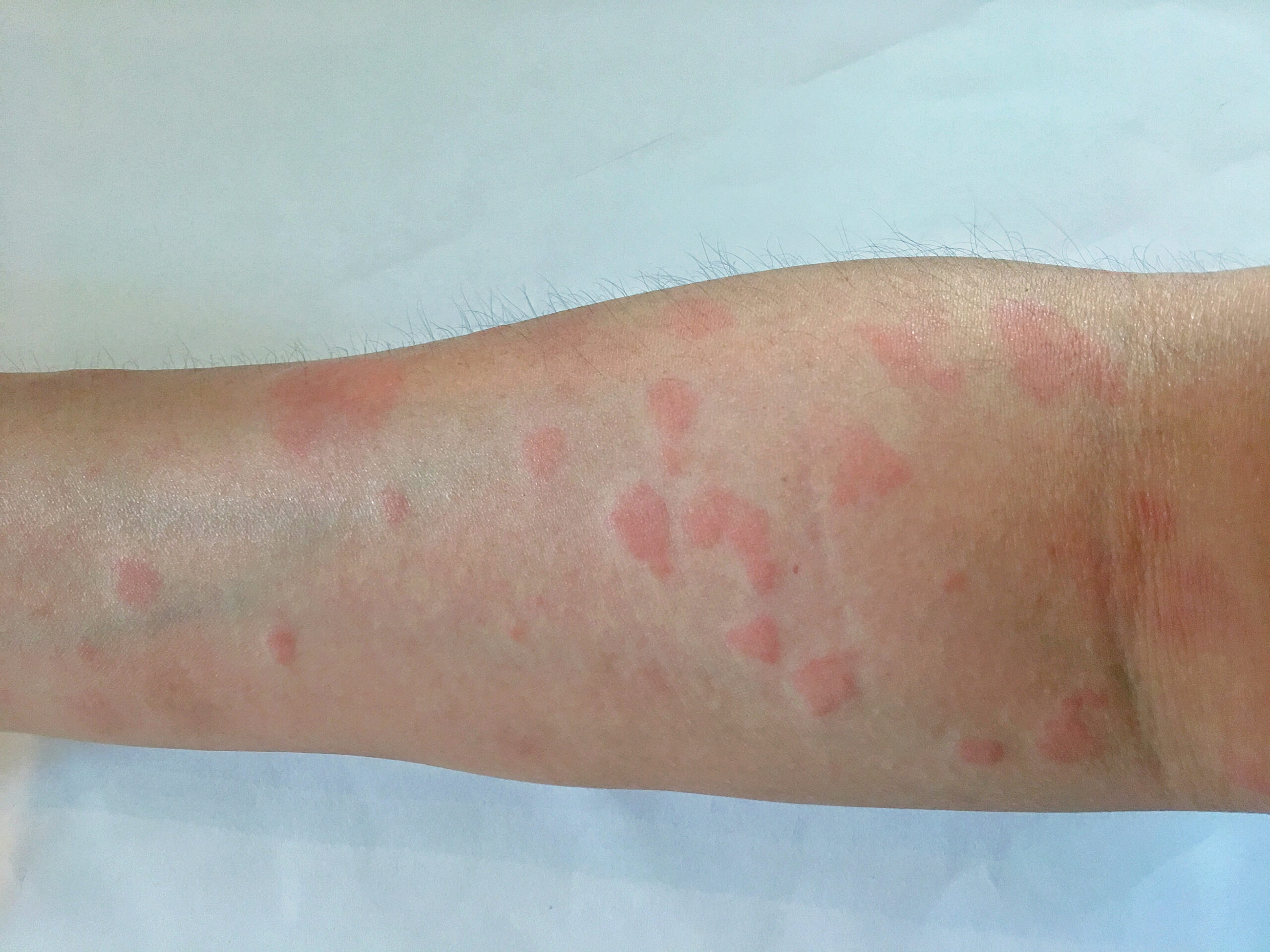
Joints
Lupus can cause arthritis, which is inflammation of the joints. Redness, soreness, and swelling of the joints may signal the inflammation associated with SLE. Worsening of those symptoms in the morning, called the morning stiffness of the joints, sometimes occurs.
Kidneys
Kidney inflammation is caused by the deposition of immune complexes in the kidneys. Kidney damage can cause a range of symptoms, depending on the severity of the damage. There may be hypertension, hematuria (blood in the pee), edema, or weight gain.
Nervous system
Changes in the nervous system: lupus can cause anxiety, headaches, vision problems, seizures, and mental disorders. A variety of neurological and psychological symptoms may occur in its course:
- Convulsions,
- headaches,
- meningitis (inflammation of the membranes surrounding the brain)
- transient ischemic attack (TIA)
- sensory disturbances
- memory problems
- anxiety disorders
- mood disorders
- psychosis
Eye symptoms
In people experiencing this disease, a common symptom is dry eyes or a sense of the presence of a foreign body in it associated with keratoconjunctivitis – inflammation of the conjunctiva and cornea.
Blood abnormalities
The disease can be associated with a decrease in the amount of hemoglobin in the body (anemia), too few white blood cells (leukopenia), a reduction of the number of lymphocytes (lymphopenia), and a shortage of blood platelets (thrombocytopenia).
Cardiovascular system
The disease increases the risk of developing heart disease and having a heart attack. Most often, it is caused by the accelerated development of atherosclerosis. Less often, it may be the result of hearts artery inflammation. A characteristic is inflammation of the endocardium (the innermost layer of the wall of the heart).
In addition, the disease promotes the development of atherosclerosis. Its accelerated progress is due to chronic inflammation, steroid use, and kidney disease associated with lipid disorders and hypertension. Complications of atherosclerosis (including heart attack, stroke) are among the leading causes of death in patients with SLE.
Lungs
During SLE, inflammation of the pleura (the chest lining) can occur. This causes chest pain and shortness of breath.
Antiphospholipid syndrome (APS)
It is associated with antiphospholipid antibodies presence, which often (in 30% ) appears in lupus. These antibodies increase the tendency to form clots that block blood flow in the vessels. An important symptom of this syndrome is gynecological complications, including recurrent miscarriages – blood thinners are used to prevent them.
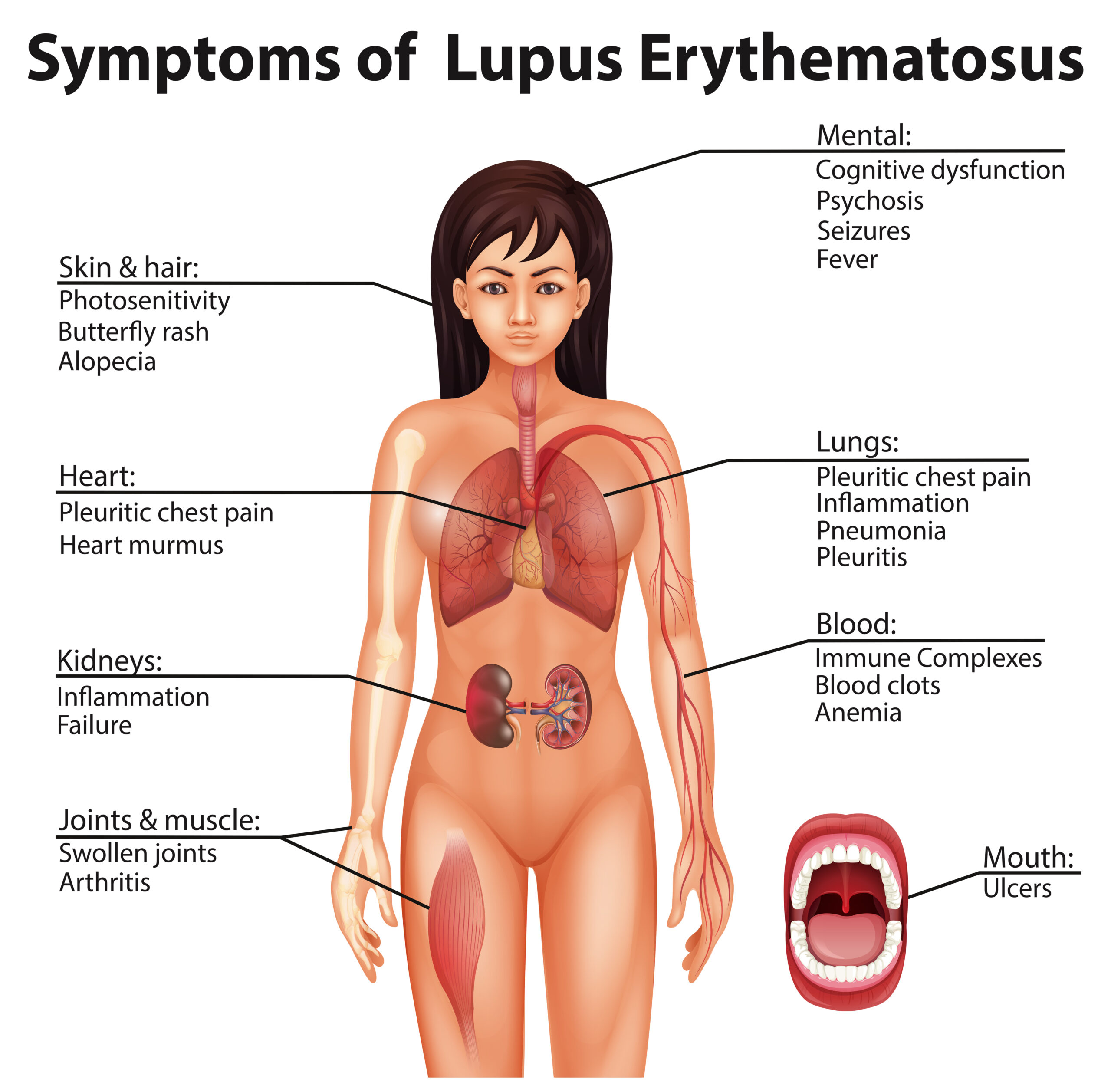
What is lupus caused by?
The causes of lupus are not fully known. However, it is known that the disease’s development occurs among people genetically predisposed to it. Still, an additional factor is required to trigger the disease’s onset.
Factors that can trigger the disease include:
- Infections – some infections can initiate disease or cause it to come back. Cytomegalovirus, Epstein-Barr (the virus that causes mononucleosis), and hepatitis C virus are considered factors influencing the occurrence of the disease.
- Sunlight – in predisposed people, exposure to the sun can cause skin changes or an internal organs reaction.
- Hormonal factors – This factor may be related to the higher incidence of lupus in women than men.
- Drugs – lupus can also be caused by drugs (e.g., some antibiotics, certain cardiological medicines). People with drug-induced disease usually improve after stopping the medication that triggered the disease (Remember never to stop taking any drug without talking to your doctor).
- Other factors – experts believe that stress, certain toxins, an unhealthy diet, lack of physical exercise, and smoking may also contribute to autoimmune diseases.
How does a doctor make a diagnosis?
Lupus can be difficult to diagnose. This is due to both the diverse and often unspecific symptoms and the fact that each case of the disease is different. In addition, lupus has flare-ups and remissions (periods when the symptoms of the disease subside).
In addition to the symptoms in the diagnosis, the doctor often performs specialist tests. The following tests are used to diagnose the disease and assess its activity:
- Blood test for antinuclear antibodies (ANA) – ANA antinuclear antibodies are tested in diagnosing lupus. These are antibodies produced by the immune system that attacks its own body. Their presence is detected in virtually every person with SLE.
- Total blood count
- Tests performed to check kidney function.
- In some cases, a biopsy of skin or kidney is performed. A biopsy is a procedure where a doctor takes a small sample of tissue from the body to look at under a microscope.
Treatment
There is no single medication or cure for lupus. Therapy is treating the symptoms. Due to the high variability of the disease, treatment varies from person to person. SLE treatment aims to achieve lasting remission of the disease as soon as possible, ease symptoms, prevent organ damage, and improve quality of life.
Lupus is treated with:
- Non-steroidal anti-inflammatory drugs (NSAIDs) – these are intended to relieve pain and stiffness in the joints
- UV protection creams and ointments
- antimalarial drugs – used in mild cases to reduce skin ailments
- Steroids – are the primary group of drugs used to treat SLE. They have an anti-inflammatory effect and reduce the activity of the immune system and, thus, the production of antibodies that attack tissues. They can be used on the outside of the skin to treat lesions, as well as taken internally.
- Immunosuppressive drugs are the drugs used to ease the immune system.
- Lipid-regulating drugs.
Fighting high blood pressure and maintaining an appropriate cholesterol level is essential to prevent cardiovascular complications. In people with kidney involvement, irreversible kidney damage and end-stage kidney disease require dialysis and consideration of kidney transplantation.
Patients are also advised to change their lifestyle , such as:
- regular rest
- physical activity
- the use of creams with UV filters
- avoiding exposure to UV radiation
- quitting smoking
- eating healthy
Lupus and pregnancy
Since lupus is most often diagnosed in people aged 15-45, many are women of childbearing age. For this reason, the issue of fertility is a significant topic to be considered when discussing this disease.
Nowadays, women with SLE get pregnant and give birth to healthy babies. However, in certain situations, pregnancy can be a risk to the mother or fetus – these include kidney or heart disease in the mother, high disease activity, or the presence of certain types of antibodies. Also, some lupus medications can harm the fetus. Therefore, pregnancy should be planned appropriately so that conception occurs during the period of remission of the disease.
Lupus in newborns
It is caused by particular antibodies in the mother’s blood that cross the placenta and can cause symptoms of the disease in the child (about 2% of pregnancies ). A rare but dangerous complication is a congenital heart disorder. Other possible symptoms include skin changes, jaundice, and a decrease in platelets, which usually disappear by the age of 6 months when maternal antibodies are washed out of the baby’s blood.
Can lupus be fully cured?
A complete cure for lupus is currently not possible. However, the disease has periods of flare-ups and remissions.
It has a significant impact on a person’s quality of life. Considering some general recommendations, you can return to regular activity in mild and moderate forms. Long-term medication is usually required to control the symptoms of the disease and prevent it from worsening.
Treatments in a hospital are necessary in cases of severe exacerbation of the disease.
Deaths in SLE patients are mainly attributed to heart diseases and sepsis.
What kind of doctor treats lupus?
If you develop symptoms of the disease, you should contact your GP. Lupus patients should be under the care of a specialist rheumatologist or immunologist. Sometimes it is necessary to cooperate with other specialists, such as nephrologists, dermatologists, neurologists, or ophthalmologists.
Some people need psychological help. Being diagnosed with SLE is often associated with tremendous stress and anxiety. Most people with chronic illnesses experience those reactions. That’s why it’s essential to get specialist help and support if needed.
If you have lupus, contact your doctor urgently if you notice:
- Symptoms worsen, or new ones appear – this may indicate an exacerbation of the disease.
- Symptoms of infection, such as fever, cough, burning when urinating, weakness, and general malaise.
- Cough, shortness of breath, chest pain
- Any neurological symptoms, including sensory disturbances, severe headache, or visual disturbances – may be a symptom of a stroke.
What to do to avoid getting sick?
According to the current medical knowledge, there is no way to prevent the development of lupus effectively.
Considering the factors that may be conducive to developing SLE, it seems reasonable to avoid excessive exposure to the sun and lead a healthy lifestyle.
Sources
- Centers for Disease Control and Prevention (CDC) Systemic Lupus Erythematosus (SLE) (2022) https://www.cdc.gov/lupus/facts/detailed.html
- National Institute of Arthritis and Musculoskeletal and Skin Diseases (NIAMS) Systemic Lupus Erythematosus (2022) https://www.niams.nih.gov/health-topics/lupus
- Cojocaru M, Cojocaru IM, Silosi I, Vrabie CD. Manifestations of systemic lupus erythematosus. Maedica (Bucur). 2011 Oct;6(4):330-6. PMID: 22879850; PMCID: PMC3391953. https://www.ncbi.nlm.nih.gov/pmc/articles/PMC3391953/
- Hon KL, Leung AK. Neonatal lupus erythematosus. Autoimmune Dis. 2012;2012:301274. doi: 10.1155/2012/301274. Epub 2012 Sep 2. PMID: 22973504; PMCID: PMC3437607. https://www.ncbi.nlm.nih.gov/pmc/articles/PMC3437607/
- National Health Service (NHS) Lupus (2020) https://www.nhs.uk/conditions/lupus/
- National Institute of Arthritis and Musculoskeletal and Skin Diseases (NIAMS) Living With Lupus: Health Information Basics for You and Your Family (2023) https://www.niams.nih.gov/community-outreach-initiative/understanding-joint-health/living-with-lupus
- John Hopkins Medicine Lupus Complications and Prognosis https://www.hopkinsmedicine.org/health/conditions-and-diseases/lupus/lupus-complications-and-prognosis
- National Institute of Arthritis and Musculoskeletal and Skin Diseases (NIAMS) Systemic Lupus Erythematosus: Diagnosis, Treatment, and Steps to Take (2022) https://www.niams.nih.gov/health-topics/lupus/diagnosis-treatment-and-steps-to-take
- Unlu O, Erkan D, Barbhaiya M, Andrade D, Nascimento I, Rosa R, Banzato A, Pengo V, Ugarte A, Gerosa M, Ji L, Efthymiou M, Branch DW, de Jesus GR, Tincani A, Belmont HM, Fortin PR, Petri M, Rodriguez E, Pons-Estel GJ, Knight JS, Atsumi T, Willis R, Zuily S, Tektonidou MG; AntiPhospholipid Syndrome Alliance for Clinical Trials and InternatiOnal Networking Investigators. The Impact of SLE on the Clinical Phenotype of Antiphospholipid Antibody-Positive Patients: Results From the AntiPhospholipid Syndrome Alliance for Clinical Trials and InternatiOnal Clinical Database and Repository (2019) https://www.ncbi.nlm.nih.gov/pmc/articles/PMC6484425/
- Centers for Disease Control and Prevention Diagnosing and Treating Lupus (2022) https://www.cdc.gov/lupus/basics/diagnosing.htm
- National Institute of Arthritis and Musculoskeletal and Skin Diseases (NIAMS) Rosacea (2021) https://www.niams.nih.gov/health-topics/rosacea
- National Institute of Arthritis and Musculoskeletal and Skin Diseases (NIAMS) Raynaud’s Phenomenon (2021) https://www.niams.nih.gov/health-topics/raynauds-phenomenon





